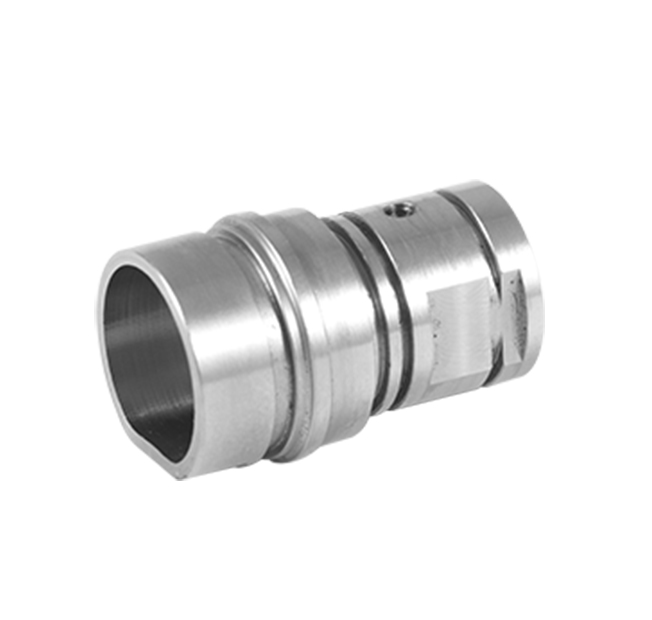Time:2025-06-23 Views:0 source:CNC Machining customization source:CNC Machining news

Injection molds can be made from steel or aluminum. Aluminum molds are cheaper (suitable for low-volume production) but less durable, while steel molds (e.g., P20, H13 steel) are costlier but ideal for high-volume runs. The cost of a steel injection mold depends on part complexity, cavity count (single-cavity vs. multi-cavity), and surface finish requirements. A simple single-cavity mold for a small plastic part might cost $5,000–$20,000, while a multi-cavity mold for a complex part (e.g., a medical device) could range from $50,000 to $500,000. While high-end injection molds can be expensive, they generally cost less than equivalent die casting dies due to lower material demands (plastics require less mold reinforcement than metals) and simpler cooling systems.
Key Cost Drivers
Material Requirements: Die casting dies need heat-resistant steel, which is costlier than standard mold steels for plastics.
Complexity: Die casting often involves more intricate gating systems and venting to manage metal flow, increasing machining time.
Production Volume: Die casting is optimized for high-volume metal part production, where the high die cost is amortized over millions of parts. Injection molding offers flexibility for low to high volumes, with aluminum molds providing a cost-effective entry point for small runs.
Post-Processing: Die casting parts may require less finishing due to better surface quality, while injection-molded parts might need painting or plating, but this is separate from mold costs.
In summary, die casting molds are typically more expensive due to material, heat resistance, and pressure requirements. However, injection molding molds for highly complex plastic parts or multi-cavity designs can still represent significant investments, especially for high-precision industries like aerospace or medical devices.
What Is Die Casting? A Comprehensive Overview of the Process
Die casting is a manufacturing process that uses high pressure to force molten metal into reusable molds (dies), producing precision metal components with consistent quality and efficiency.
Process Steps
Die Preparation: The die, composed of two halves (cavity and core), is preheated to optimize metal flow and prevent thermal shock. Dies are coated with a release agent to facilitate part ejection and prolong die life.
Melting and Injection: The metal (e.g., aluminum, zinc, magnesium) is melted in a furnace to its liquid state. A shot sleeve or plunger forces the molten metal into the die cavity at high pressure (ranging from 1,000 to 15,000 PSI), ensuring it fills even the smallest details.
Cooling and Solidification: The metal rapidly cools and solidifies within the die. Cooling channels in the die help regulate temperature and reduce cycle times.
Ejection: Once solidified, the die opens, and an ejector system pushes the part out. Trim pins remove excess material (flash) from the gating system.
Finishing (Optional): Parts may undergo deburring, machining, plating, or painting to meet surface finish or functional requirements.
Read recommendations:
Sealing ring Precision electronic parts
Housing components for recessed downlights Precision electronic parts
Oval Magnetic Hardware Precision electronic parts
CNC Machining Dimension Accuracy
CNC processing factory - Meeting customers' strict requirements for precision